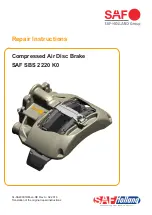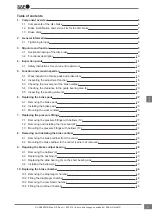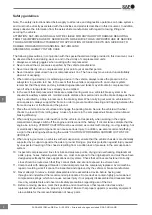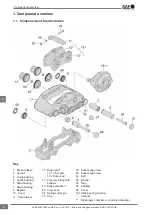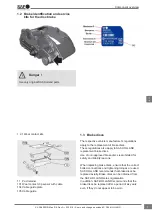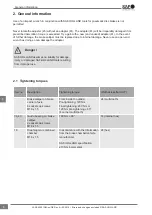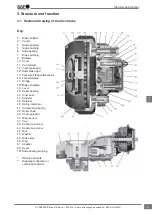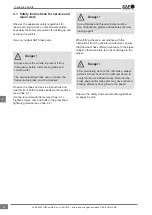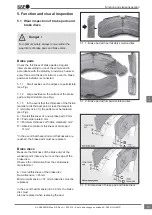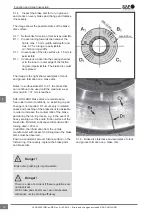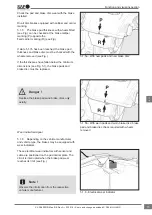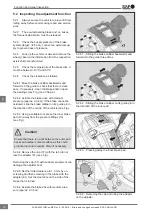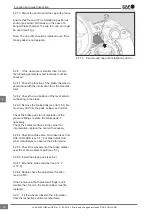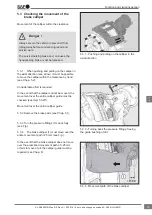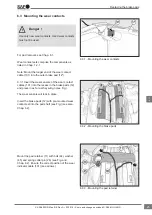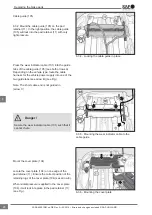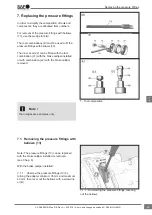
5. Function and visual inspection
5.1 Wear inspection of brake pads and
brake discs
For optimum safety, always remain within the
wear limits of brake pads and brake discs.
Danger !
Brake pads
Check the thickness of brake pads at regular
intervals according to use of the vehicle and in
accordance with the statutory provisions, however
every three months as a minimum, even if a brake
pad wear indicator is connected.
5.1.1 Small cavities on the edges are permissible
(see Fig.).
5.1.2 Large cavities on the surface of the brake
pad are impermissible (see Fig.).
5.1.3 In the event that the thickness of the friction
material at its thinnest point is less than/equal to
2 mm (dimension C), the pads must be replaced
(see Fig.).
A = Overall thickness of a new brake pad 32 mm
B = Pad carrier plate 9 mm
C = Minimum thickness of friction material 2 mm*
D = Absolute minimum thickness of brake pad
11 mm*
*In the event that these minimum thicknesses are
reached, the brake pads must be replaced.
Brake discs
Measure the thickness of the brake disc at the
weakest point (note any burrs on the edge of the
brake disc).
Observe the information from the vehicle/axle
manufacturer.
E = Overall thickness of the brake disc
New dimension = 45 mm
Minimum dimension = 37 mm (brake disc must be
replaced)
In the event that dimension E ≤ 39 mm, the brake
disc must
also be replaced when replacing the pad.
5.1.1 - Brake pad with permissibly small cavities
5.1.2 - Brake pad with impermissible cavities
5.1.3 - Dimensions of brake pad and brake discs
Function and visual inspection
13
en
XL-SA40001RM-en-DE Rev A • 02.2016 • Errors and changes excluded © SAF-HOLLAND

